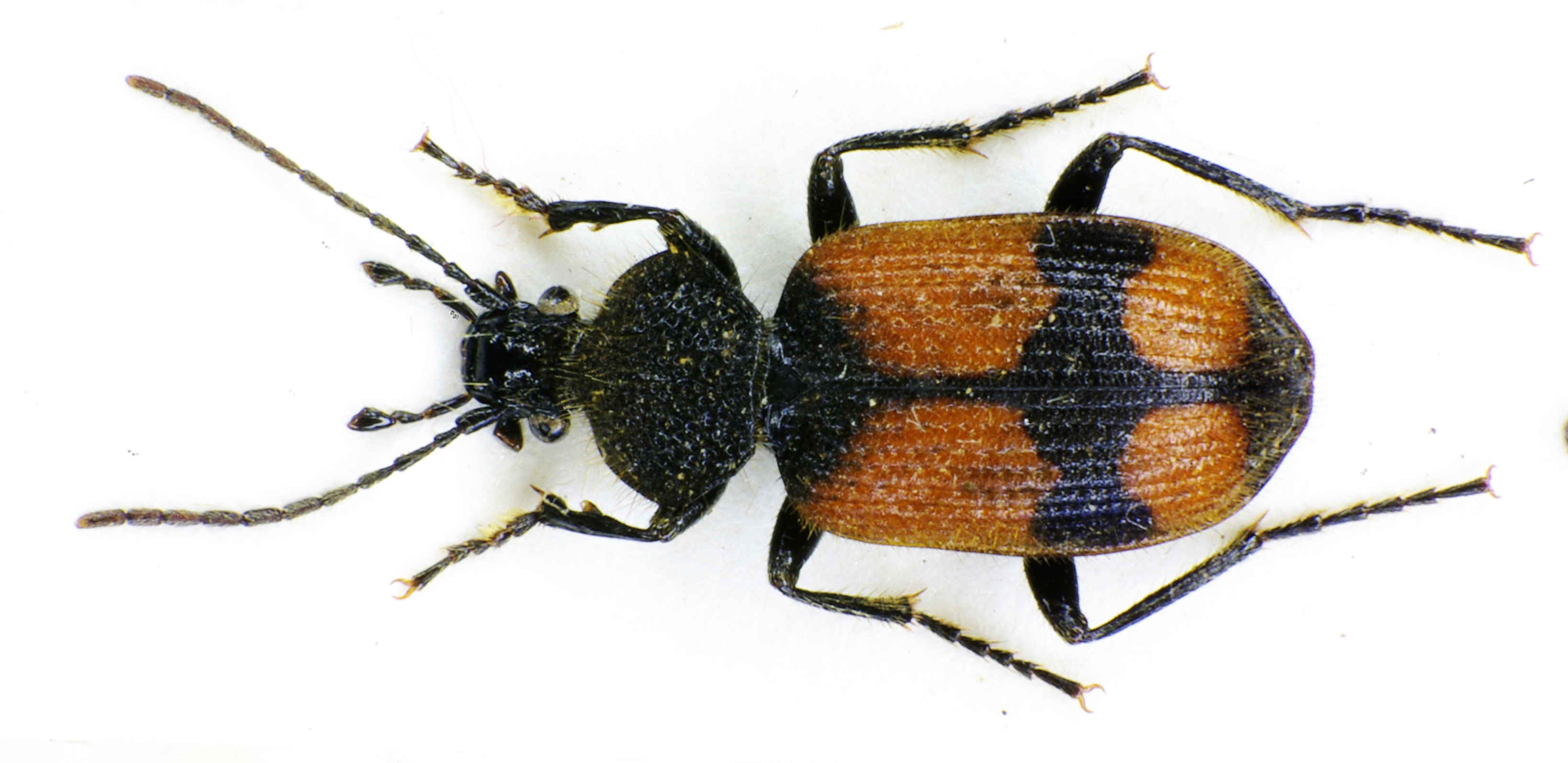|
Agonum Cyclifer
''Agonum cyclifer'' is a species of ground beetles in the family Carabidae Ground beetles are a large, cosmopolitan family of beetles, the Carabidae, with more than 40,000 species worldwide, around 2,000 of which are found in North America and 2,700 in Europe. As of 2015, it is one of the 10 most species-rich animal .... It is found in Central America and North America.Bousquet Y (2012). "Catalogue of Geadephaga (Coleoptera: Adephaga) of America, north of Mexico". ''ZooKeys 245'': 1-1722. References Further reading * Arnett, R.H. Jr., and M. C. Thomas. (eds.). (2000). ''American Beetles, Volume I: Archostemata, Myxophaga, Adephaga, Polyphaga: Staphyliniformia''. CRC Press LLC, Boca Raton, FL. * Arnett, Ross H. (2000). ''American Insects: A Handbook of the Insects of America North of Mexico''. CRC Press. * Richard E. White. (1983). ''Peterson Field Guides: Beetles''. Houghton Mifflin Company. cyclifer Beetles described in 1884 {{platyninae-stub ... [...More Info...] [...Related Items...] OR: [Wikipedia] [Google] [Baidu] |
Henry Walter Bates
Henry Walter Bates (8 February 1825 – 16 February 1892) was an English natural history, naturalist and explorer who gave the first scientific account of mimicry in animals. He was most famous for his expedition to the Tropical rainforest, rainforests of the Amazon basin, Amazon with Alfred Russel Wallace, starting in 1848. Wallace returned in 1852, but lost his collection on the return voyage when his ship caught fire. When Bates arrived home in 1859 after a full eleven years, he had sent back over 14,712 species (mostly of insects) of which 8,000 were (according to Bates, but see Van Wyhe) new to science. Bates wrote up his findings in his best-known work, ''The Naturalist on the River Amazons'' (1863). Life Bates was born in Leicester to a literate middle-class family. However, like Wallace, Thomas Henry Huxley and Herbert Spencer, he had a normal education to the age of about 13 when he became apprenticed to a hosiery manufacturer. He joined the Mechanics' Institute (w ... [...More Info...] [...Related Items...] OR: [Wikipedia] [Google] [Baidu] |
Carabidae
Ground beetles are a large, cosmopolitan family of beetles, the Carabidae, with more than 40,000 species worldwide, around 2,000 of which are found in North America and 2,700 in Europe. As of 2015, it is one of the 10 most species-rich animal families. They belong to the Adephaga. Members of the family are primarily carnivorous, but some members are herbivorous or omnivorous. Description and ecology Although their body shapes and coloring vary somewhat, most are shiny black or metallic and have ridged wing covers ( elytra). The elytra are fused in some species, particularly the large Carabinae, rendering the beetles unable to fly. The species '' Mormolyce phyllodes'' is known as violin beetle due to their peculiarly shaped elytra. All carabids except the quite primitive flanged bombardier beetles (Paussinae) have a groove on their fore leg tibiae bearing a comb of hairs used for cleaning their antennae. Defensive secretions Typical for the ancient beetle suborder A ... [...More Info...] [...Related Items...] OR: [Wikipedia] [Google] [Baidu] |
Agonum
''Agonum'' is a large genus of ground beetles in the subfamily Harpalinae, tribe Platynini. They are mid-sized to smallish beetles, typically with dark metallic hues – often reddish or bronze, but sometimes black, green etc. The genus is generally native to the Holarctic and the Mediterranean region; their southern limit in Central Asia and the Himalaya region is less well understood, and they seem to range outward a bit out of their core regions (e.g. into East Africa). They are wet-loving throughout their life cycle; for example, the genus is well represented in Ireland, where they are more plentiful than anywhere else in Europe. Species These species and subgenera belong to the genus ''Agonum''. ; Subgenus Agonum Bonelli, 1810 : '' Agonum antennarium'' (Duftschmid, 1812) : '' Agonum atlantis'' Antoine, 1957 : '' Agonum bicolor'' (Dejean, 1828) : '' Agonum carbonarium'' Dejean, 1828 : '' Agonum chalcomum'' (Bates, 1873) : '' Agonum chalconotum'' Ménétriés, 1832 : ... [...More Info...] [...Related Items...] OR: [Wikipedia] [Google] [Baidu] |

